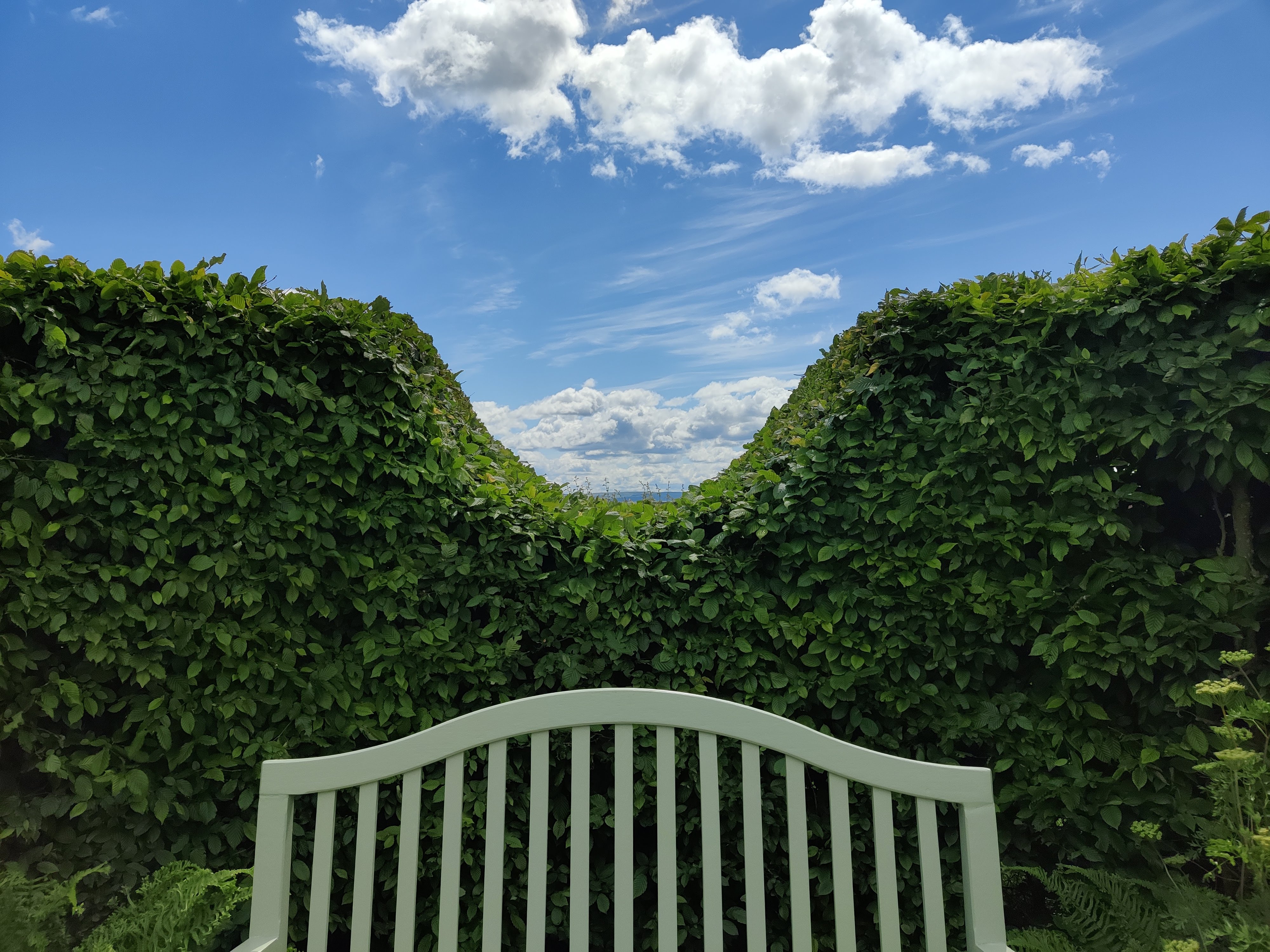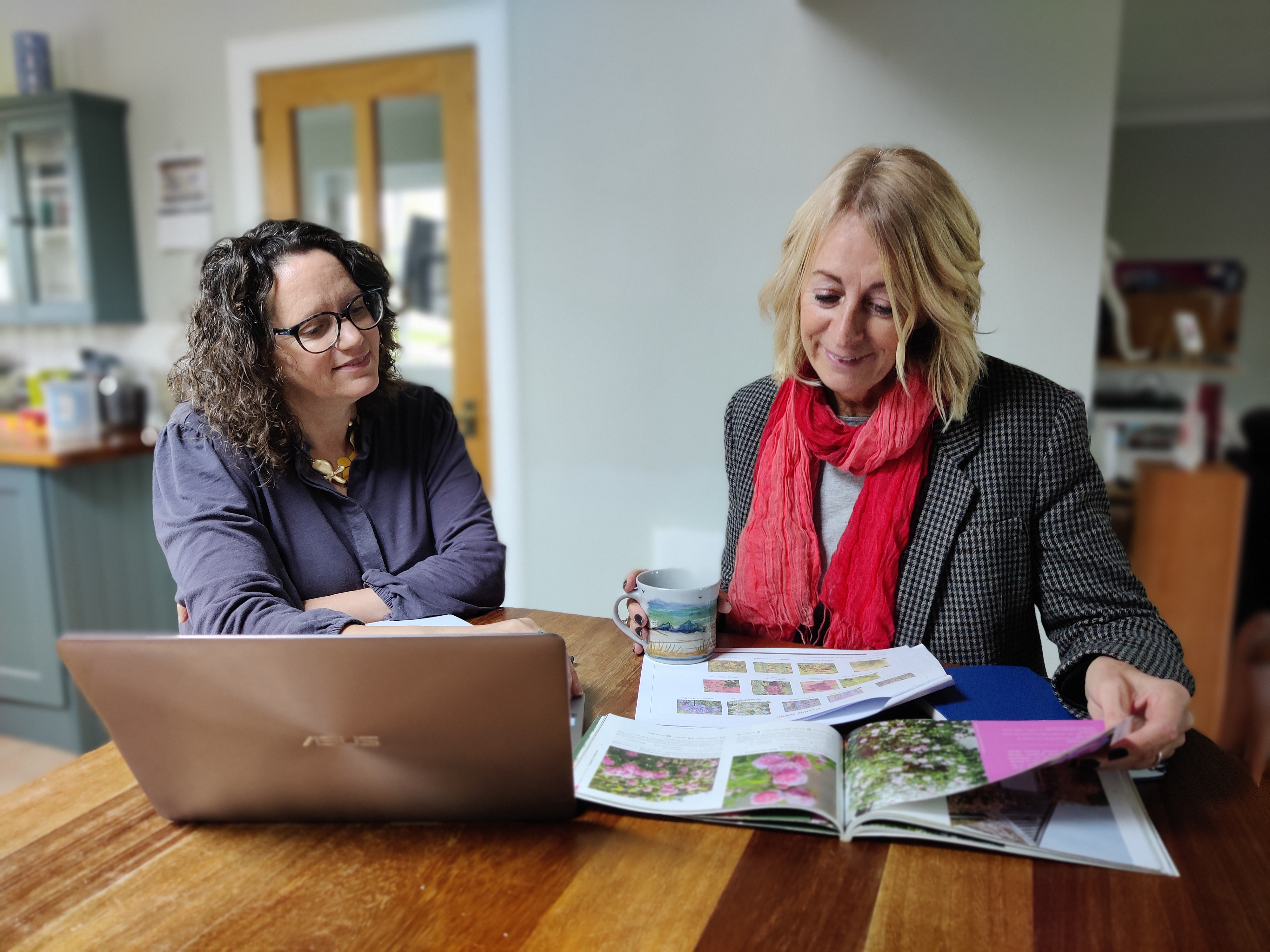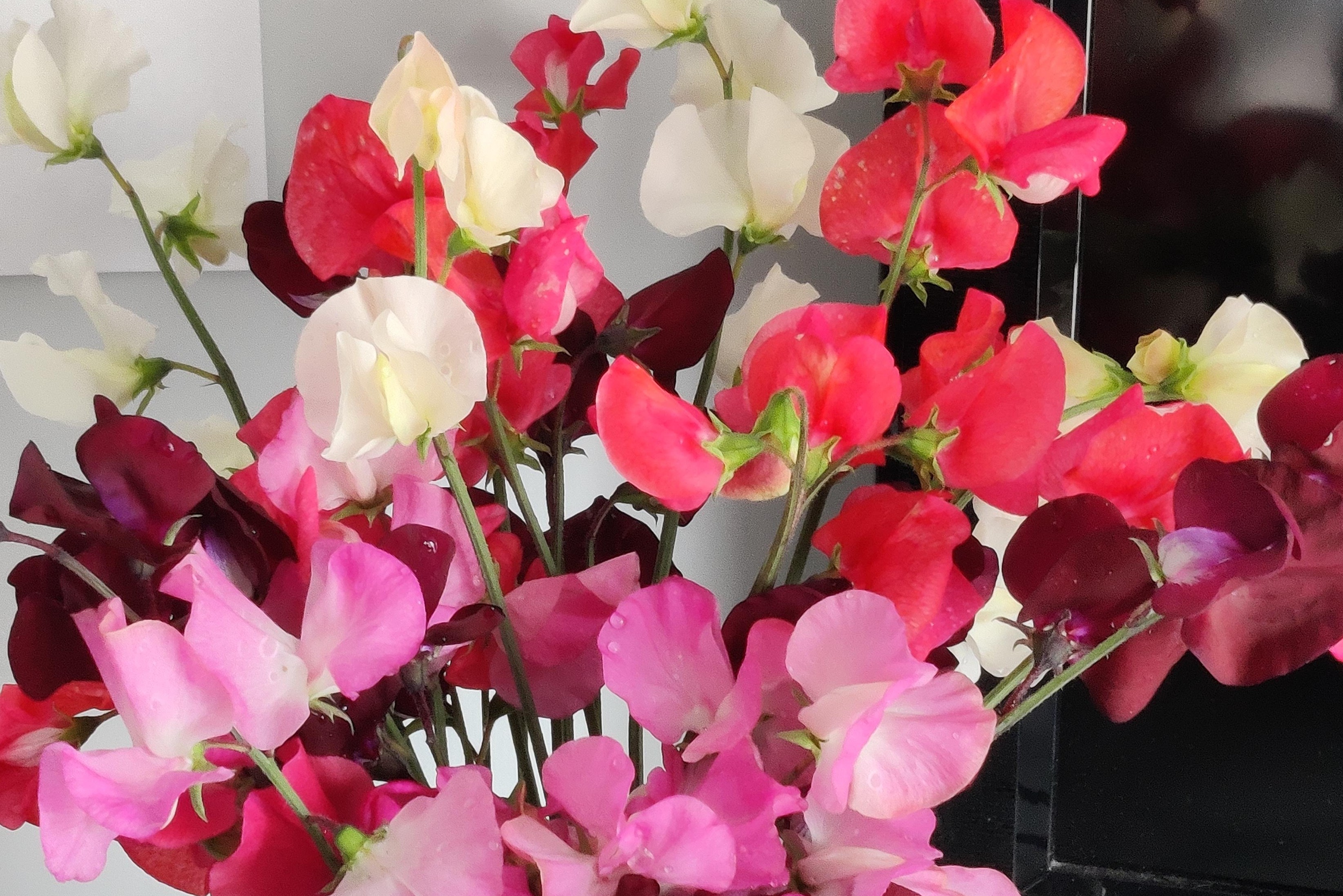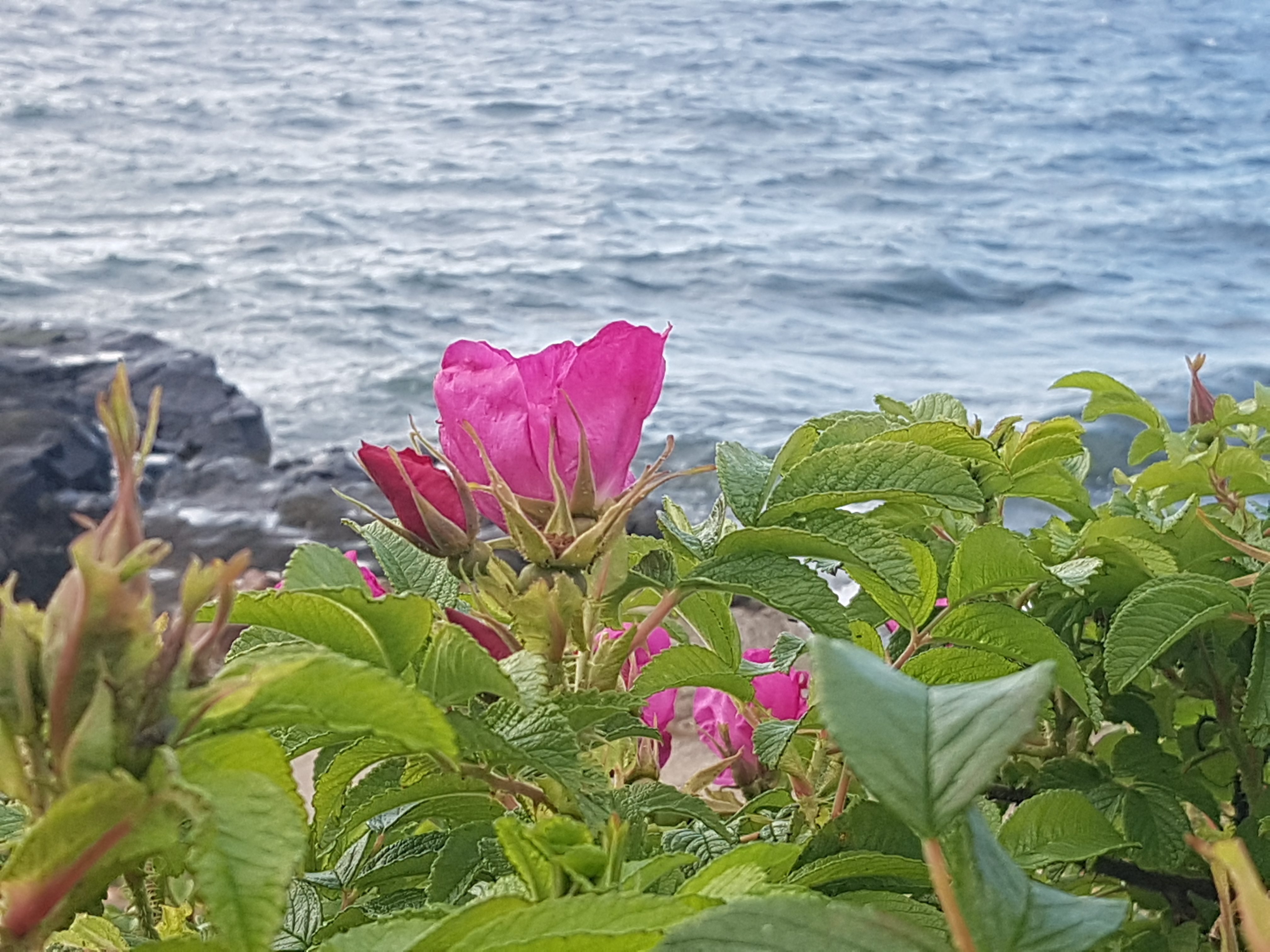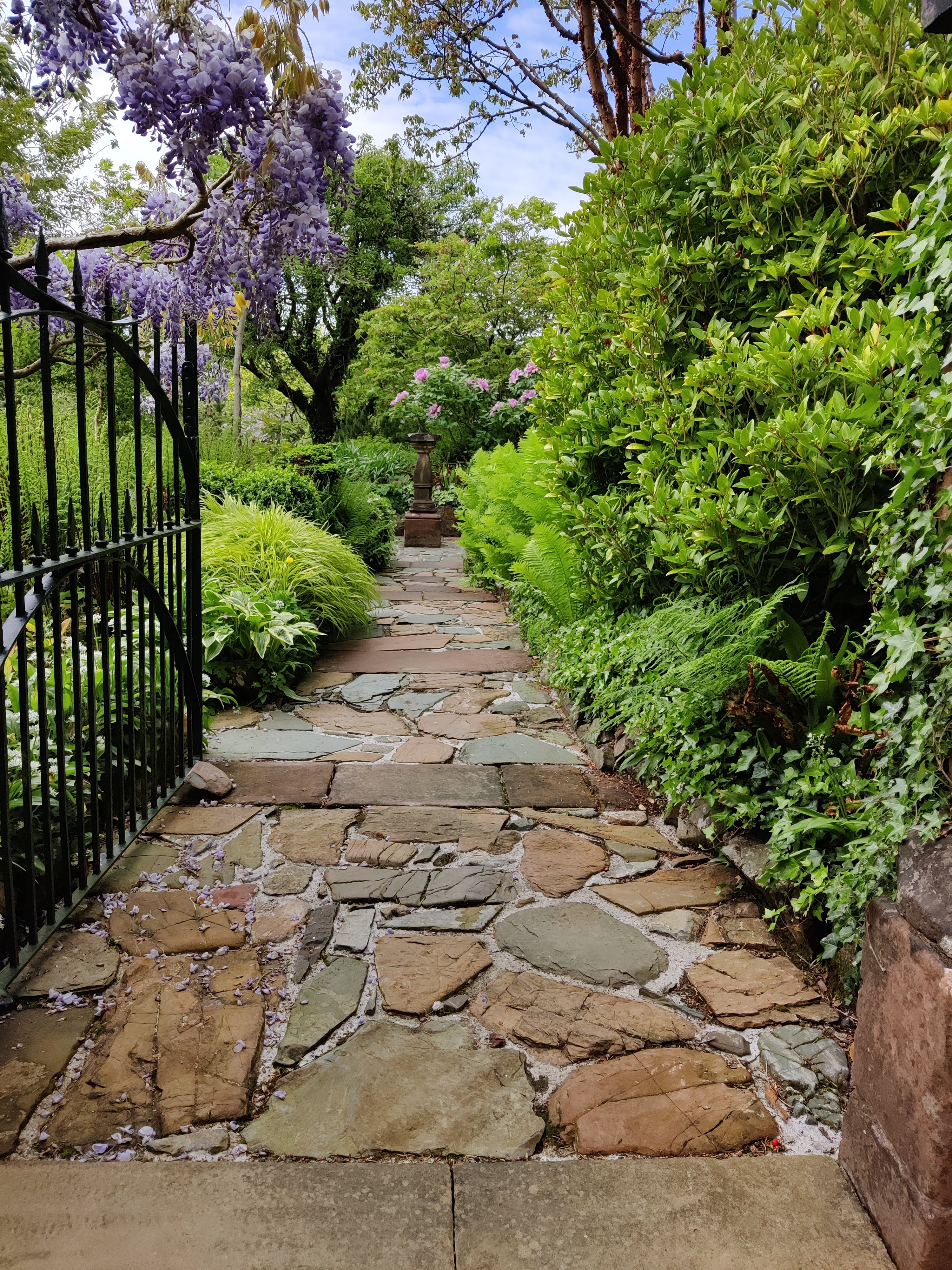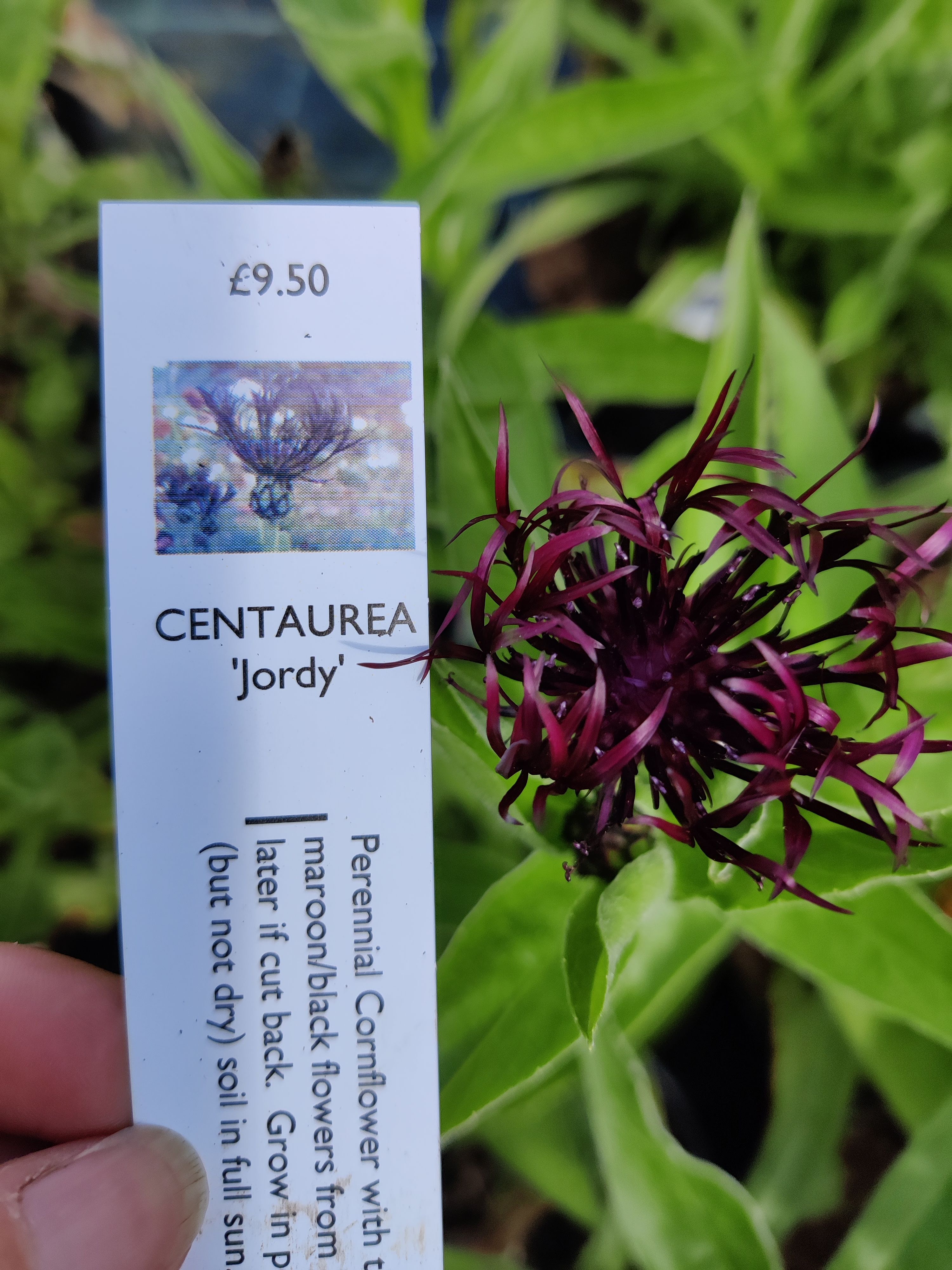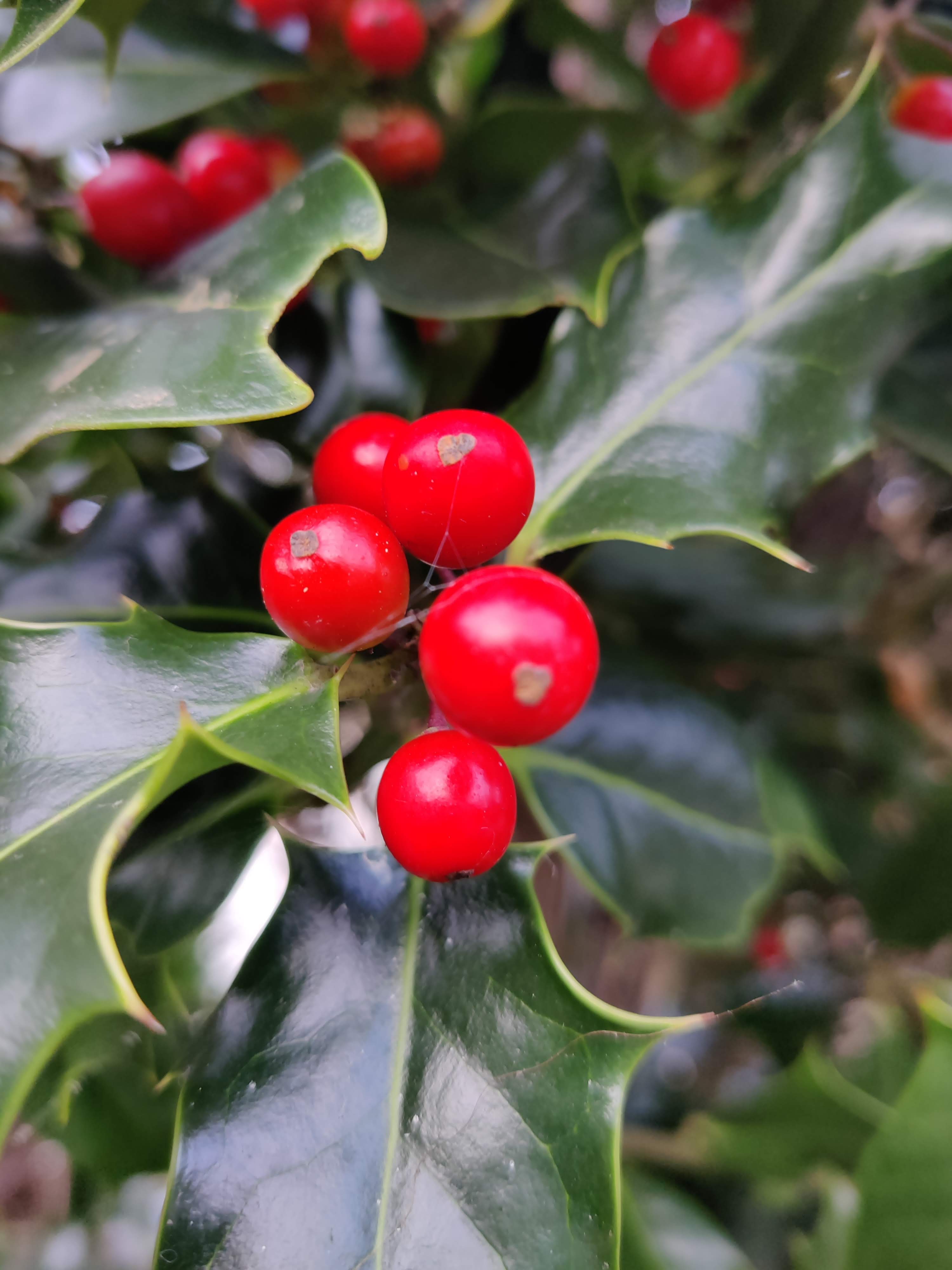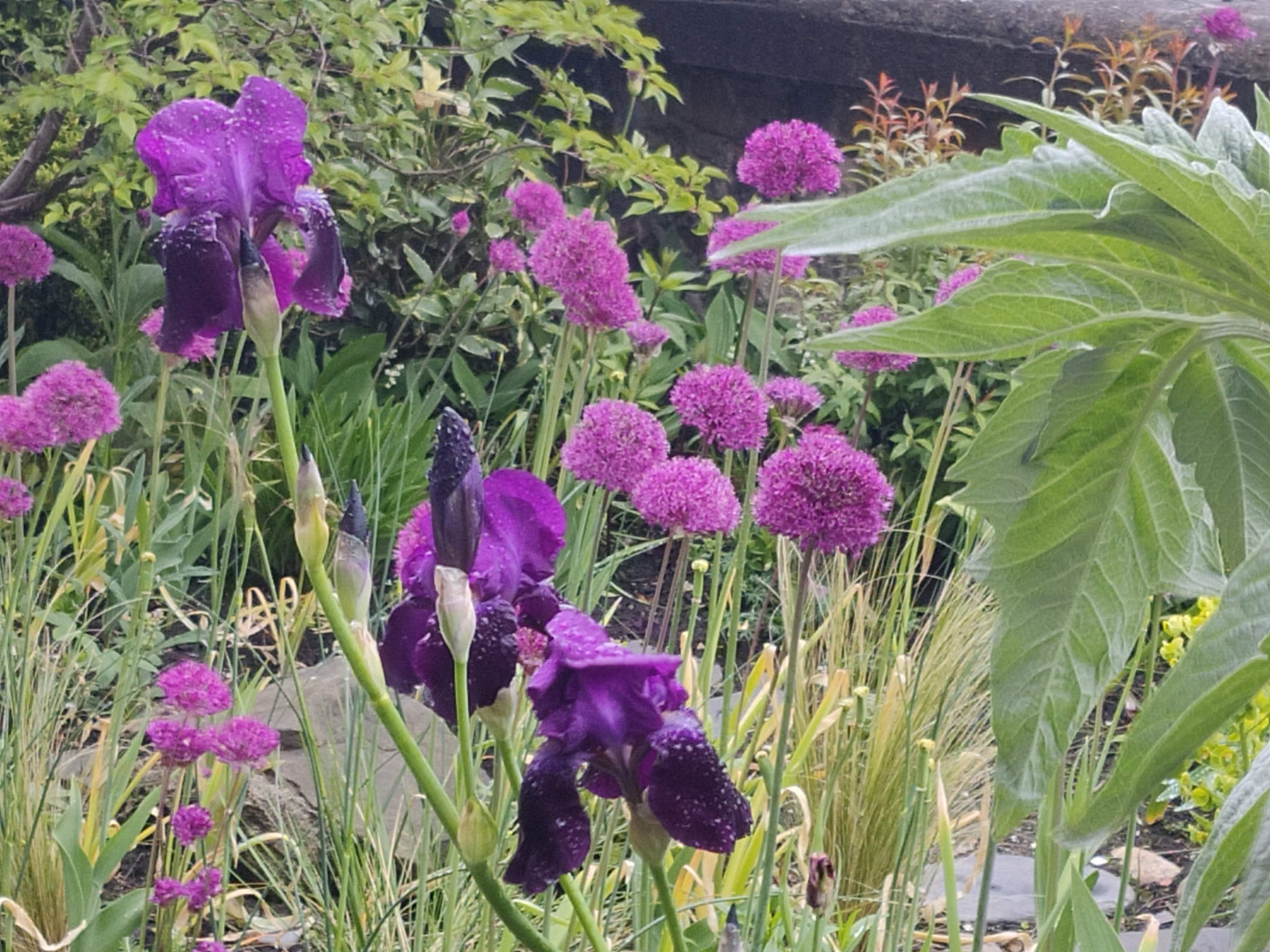Creating Pet Friendly Gardens
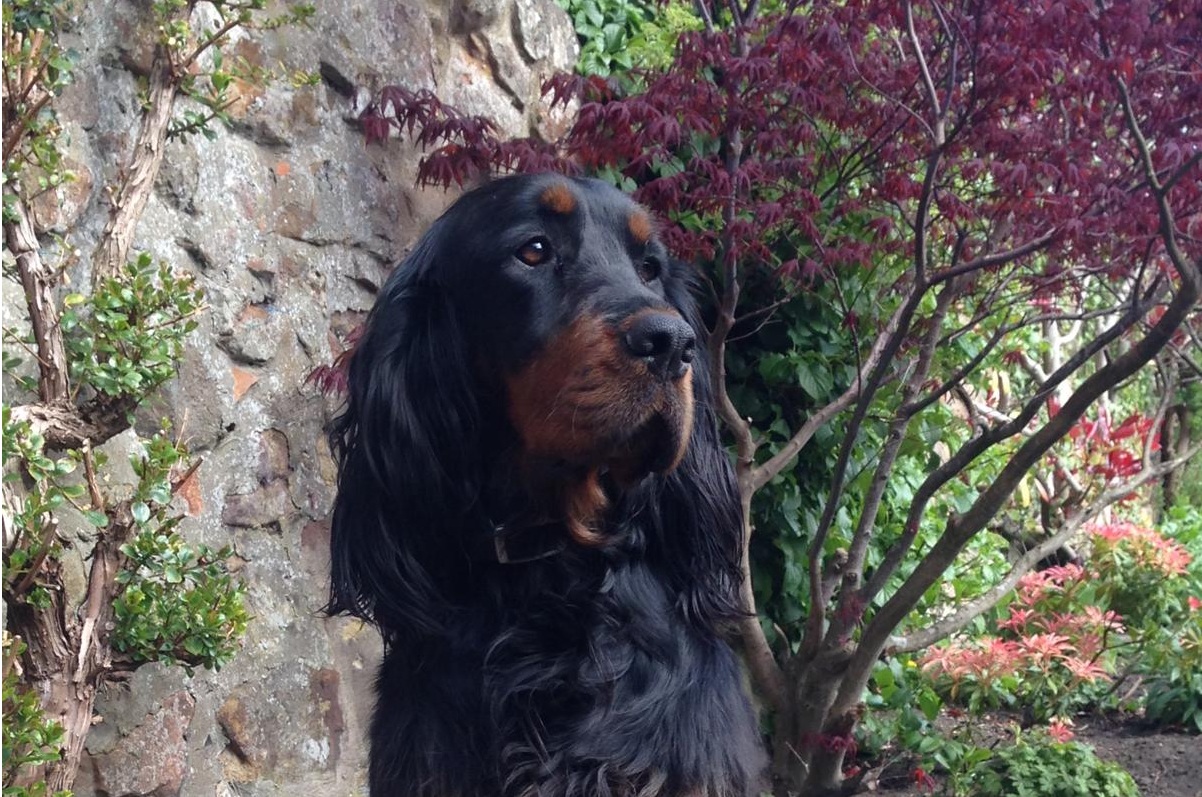
Designing your new dream garden needs to consider the wants and needs of the whole family including your furry friends.
After all our pets are part of our family, and our garden is an extension of our home.
A good place to start is thinking about your pet’s needs and their character and how you want to use the garden as a whole family.
For example, do you want to have a beautiful planting area that excludes the pets or would they prefer to choose plants that are robust and can cope with a bit of trampling from, say, a bouncy dog, like the lovely ‘Fern’ ?
There are many many poisonous plants in gardens, many of which your pet will naturally avoid, as we humans do too, but it is good to know which plants are toxic to pets, and these can be avoided.
When choosing plants – the plant label will often state this but do some research online.
Sites such as ‘Gardeners World’ state if they are toxic to pets, as will The Royal Horticultural Society.
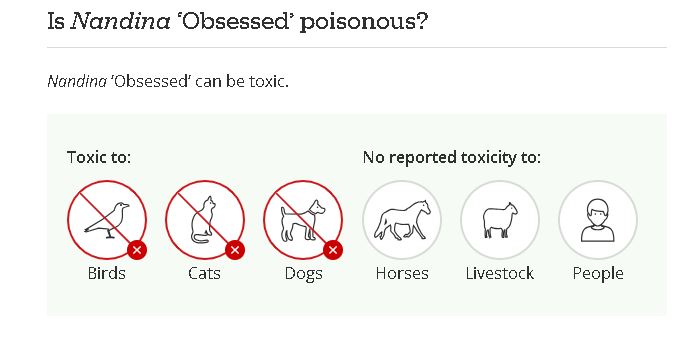
Dogs
Dogs come in all shapes and sizes.
Some like to dig, others are chasers, there are barkers and those who just enjoy sitting in the sun getting their tummy tickled.
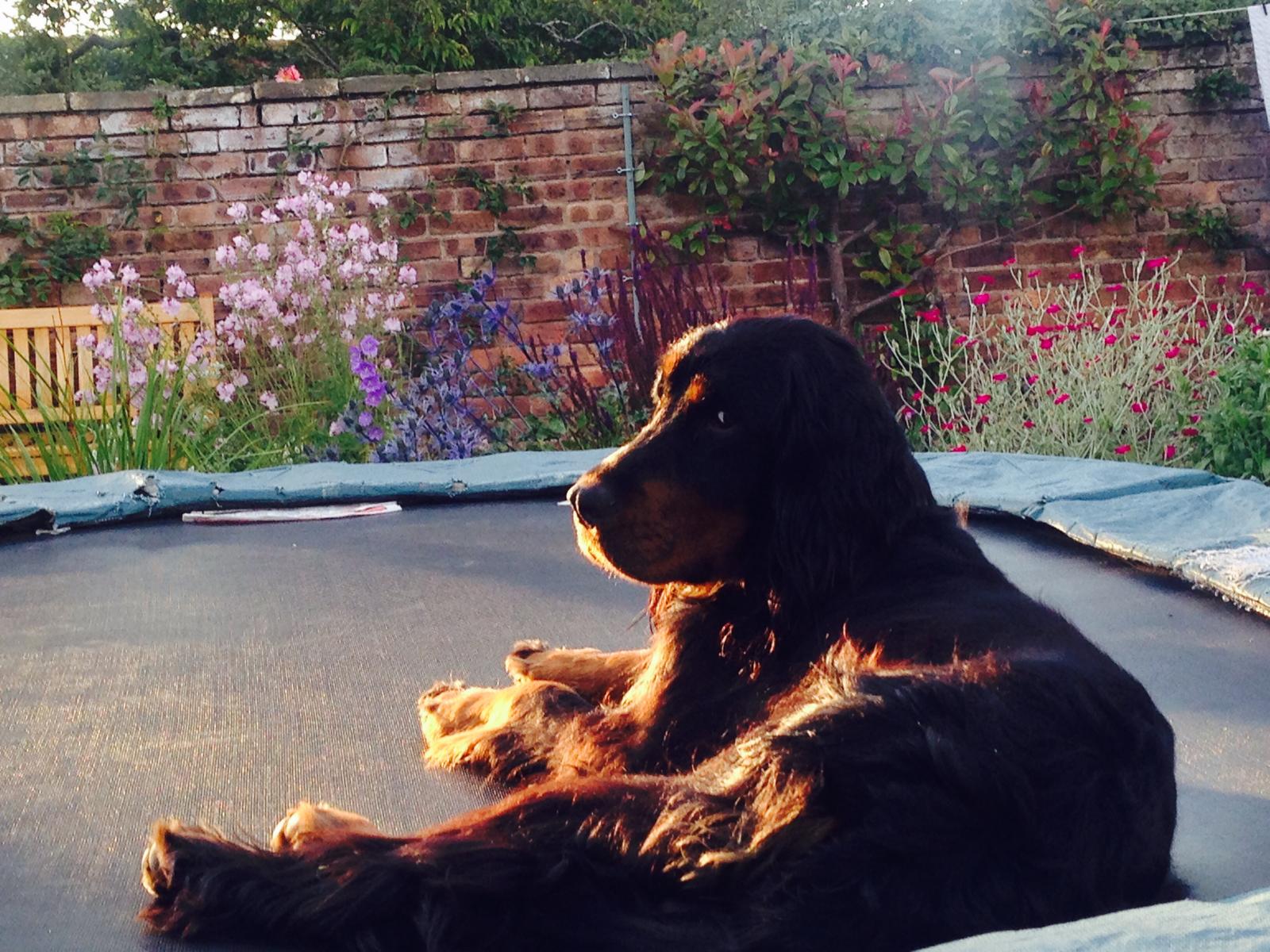
How does your dog behave?
Are they old, young, curious, and/or well-trained?
How your dog behaves will be a factor in the design solution for the garden.
For example, raised beds may work as a deterrent for small or older dogs to stop them from going in your flower beds.
Do you want specific parts of the garden for a dog play or exercise space where you can have toys for entertainment and exercise.
Does the garden need to be enclosed to stop a pet escape ?
Would you like a source of clean drinking water for your dog, or an outdoor shower area so muddy pets can be cleaned before entering the house?
These are some typical considerations when planning a dog-friendly garden.
Lawns are one of the big areas that get damaged by dogs, either through constant wear and tear from running, digging, or damage from urine.
If your dog likes to dig, think about creating an area specific to them for digging.
If they run the same way every time, say along a track, consider putting in moveable obstacles so they have to vary their running route.
To reduce the damage to your lawn from urine, rinse the area with water.
You can also get products to treat the area and neutralise it.
Better still, where possible train the dog to use a dedicated discrete place and protect the rest of the lawn.
Dogs and plants
Do your research, before selecting plants. The Dog Trust has a helpful list:
Cats
Cats love to explore and hide, so having trees and bushes is a good idea giving them climbing places and hidey spaces.
You could also try planting textural grasses that cast shadows and move in the wind, for a bit of extra fun.
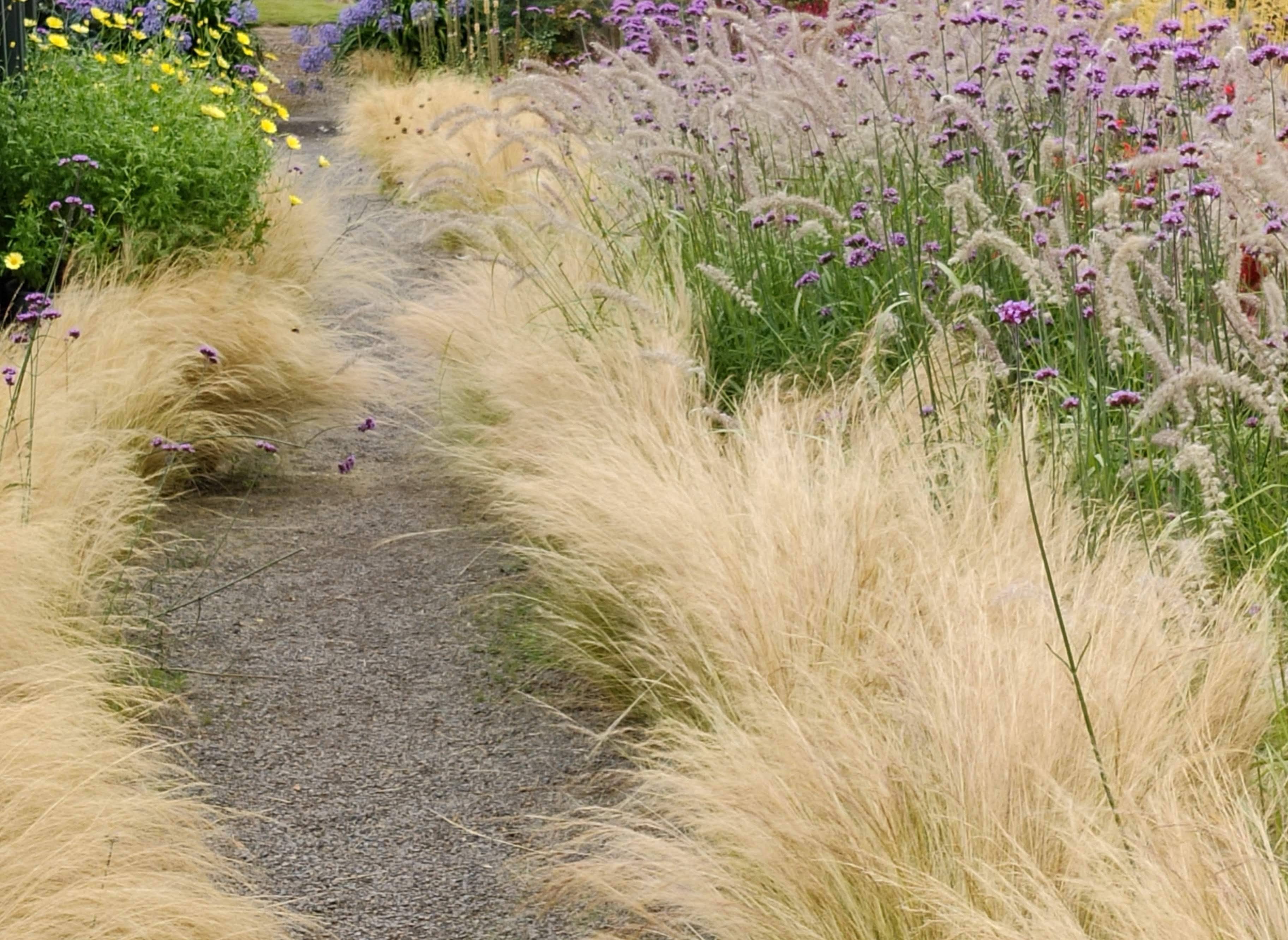
The bark of trees or even a rough log are perfect for cats to use as scratching posts and don’t forget the clean drinking water.
If you like to see birds in the garden, be careful where you place bird feeders, not near bushes where the cat can hide and pounce.
You could also put obstacles on the post to make it hard for the cat to climb.
Plants and cats
There are numerous plants that cats like and are attracted to.
The most famous one is Nepeta, commonly known as catnip.
Cats love the smell and rolling in it, so make sure you plant some.
It will also attract bees to the garden.
There are many plants that are toxic to cats such as narcissus (daffodils).
Alliums and all lilies are poisonous to cats.
Luckily most cats are fussy eaters and will avoid them, but it’s good to know what is dangerous to your cat.
So do some research before choosing plants for the garden.
Organisations like the Cat Protection League can provide helpful information.
The Horticultural Trades Association provides information on toxic plants to pets and humans.
Pet-friendly Gardens
Creating a garden for you and your pets is a challenge, but worth it!
Like all design challenges it is about making the garden work for all the family and by considering your pets in the planning of your garden, so it is safe, fun, and rewarding.
That way the whole family will benefit by keeping your furry friends happy.

